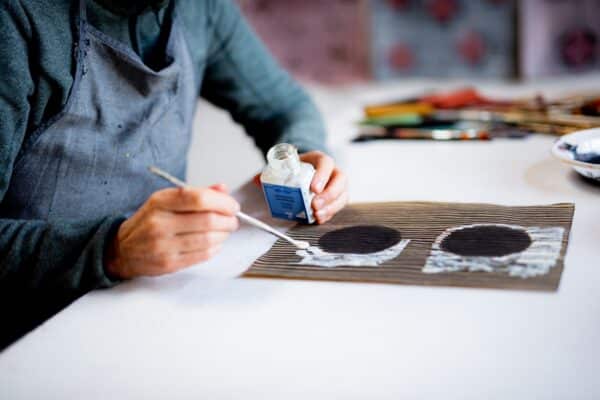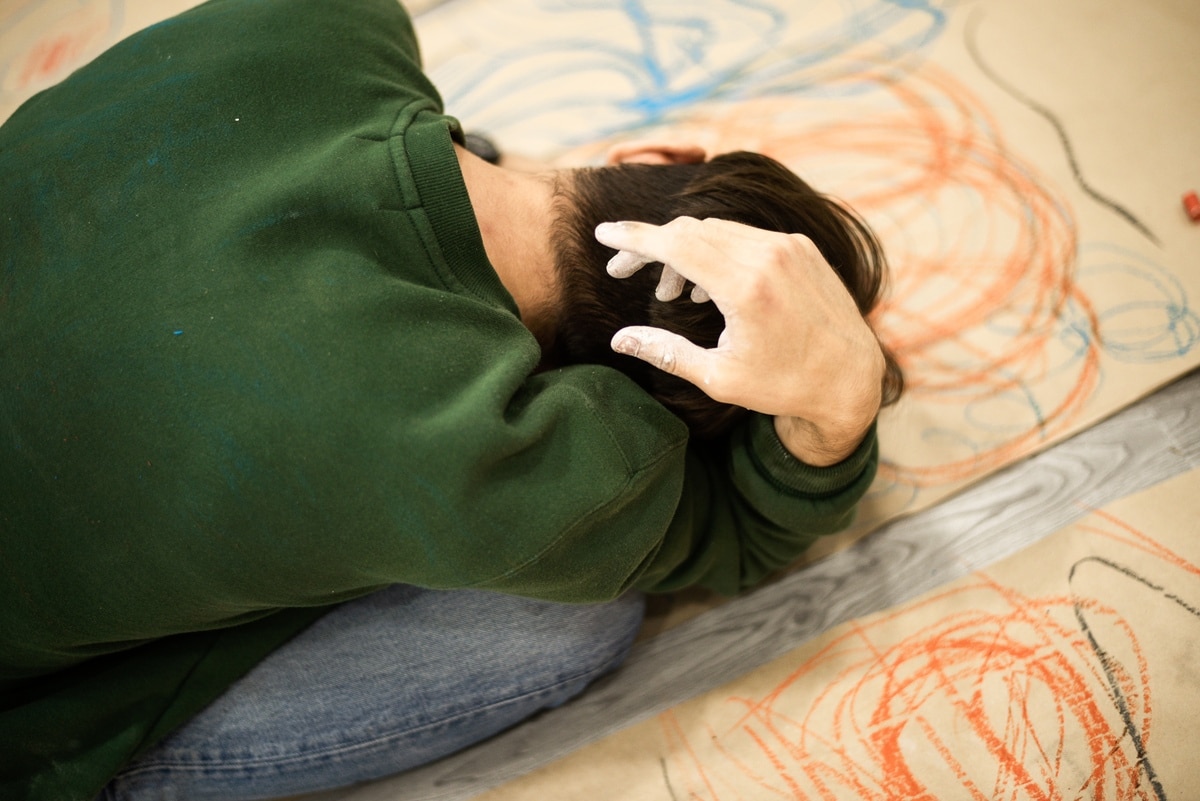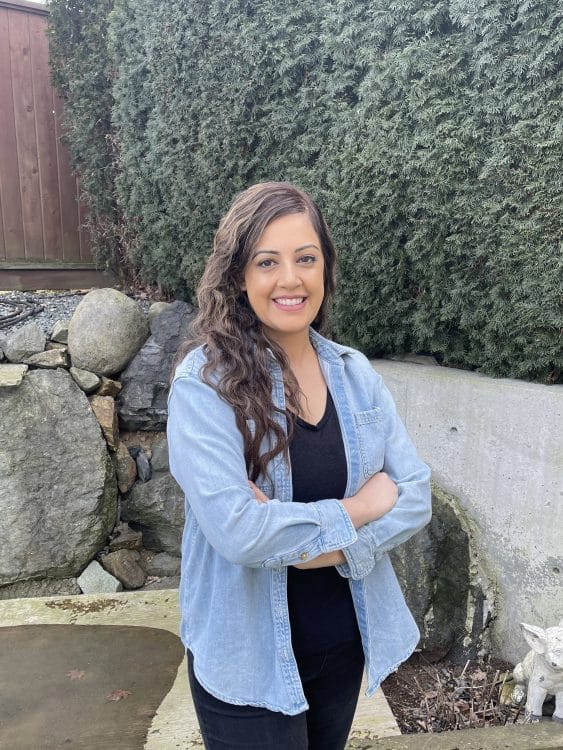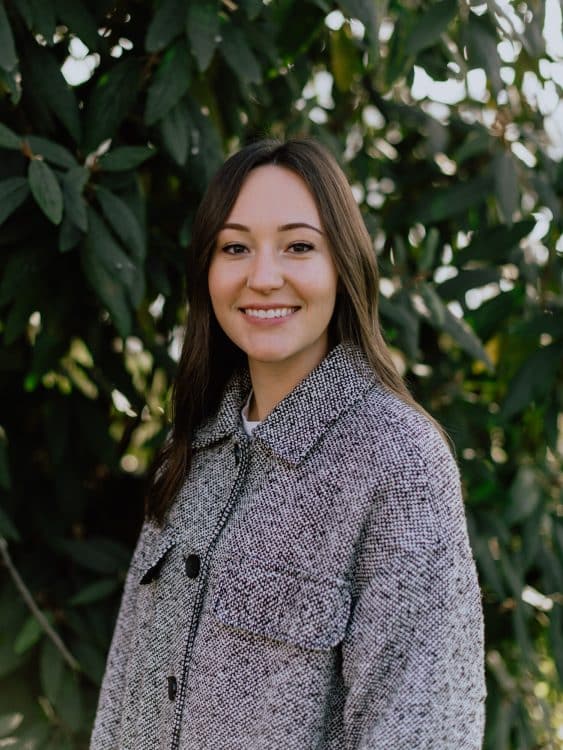Available At These Locations

How Can Art Therapy Help You?
In general, art therapy combines traditional talk counselling with creativity-making to express how we are feeling in a different way. Consequently, this is an expressive and self-reflective process. It uses art and the creative process to therapeutically explore and resolve emotional conflicts, combat feeling stuck, address life transitions, address relationships, develop self-awareness and social skills, build problem-solving skills, reduce anxiety, process grief, explore body image and increase self-esteem among others.
There are many different approaches. Art as therapy focuses on the inherent healing quality of creating artwork, cathartic release, and as a form of self-expression. In contrast, art psychotherapy is used to bring up unconscious material to consciousness through dialogue and associations.
Art Therapy Can Help at Any Age
Art therapy can provide children, adolescents, adults, and seniors, the opportunity for emotional healing and personal growth. Art-making can also be an excellent tool for those who are non-verbal, as art-making is a form of communication. As a result, art can also offer a non-intimidating way to express how we are feeling, as we are able to create non-verbally if you choose. Nevertheless, you don’t need to identify as an artist to benefit from art therapy. There is no art experience required and all art materials are provided. For an online session, you will need to provide your own art materials, a suggested list can be provided.

Why Choose
OK Clinical?
With a diverse team of clinicians, flexible appointments, and sliding fee scales, we’re helping to pave the way for more accessible, affordable counselling services for all.
Our Art Therapy Team
Our art therapists are dedicated to guiding you in healing through creative expression and open communication in sessions.
Best Fit Form
Looking for the right counsellor? Fill out our ‘Find The Right Counsellor’ form, and our team will connect you with the perfect fit for your mental health needs. Get started on your journey to wellness today!

What is Involved in an Art Therapy Session?
Drawing, painting, sculpting, clay work, crafting, sewing, collage, embroidery, and construction are just some of the many creative paths a person can use during art therapy. Ultimately, there is no limit to what materials you use, it is all up to the client. The art made in session could be a suggested directive from an art therapist where the goal is to address a specific need of the client or could be spontaneous art making. Spontaneous art making has no direction and allows the client to create on a subconscious level. Both hold many benefits.
With a directive, the client has the opportunity to work on something specific that they are struggling with, with the goal of processing those feelings and working towards new perspectives that will foster change in a person’s life. Whereas spontaneous art-making can allow the client to bring up situations, issues, needs, and goals that they may have not been aware of before processing their artwork. With the help of an art therapist, the client can talk through their art-making process and discover new things about themselves.
Art can also allow us to see what is going on in our lives from a different perspective. Creating imagery in conjunction with speaking to what is going on in our lives, can allow us to see our internal struggles in a visual form. Allowing us to see them in a different light.g and personal growth. Contact us today to schedule a consultation or to learn more about our services.






